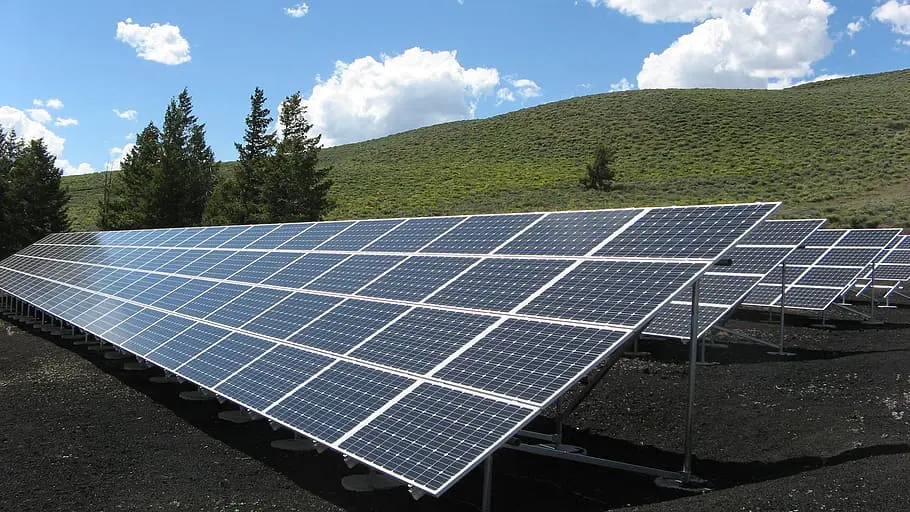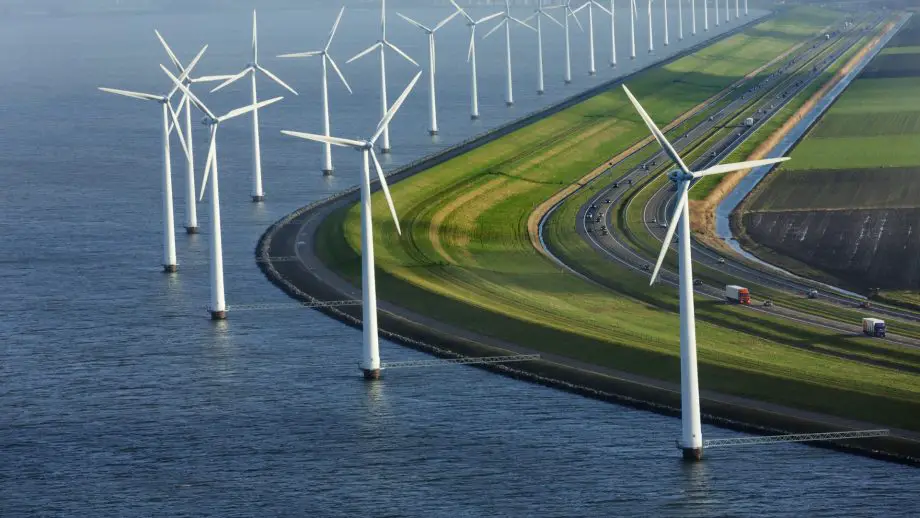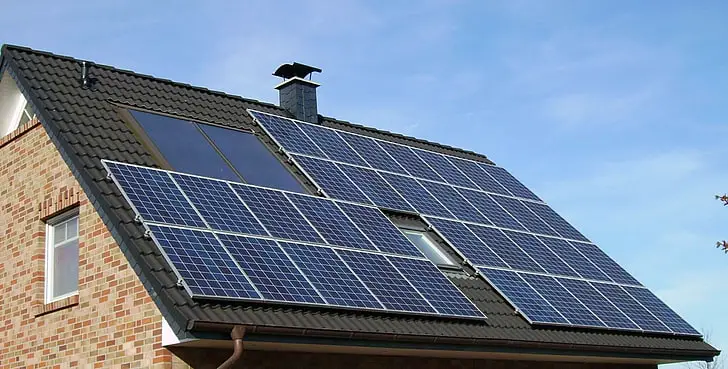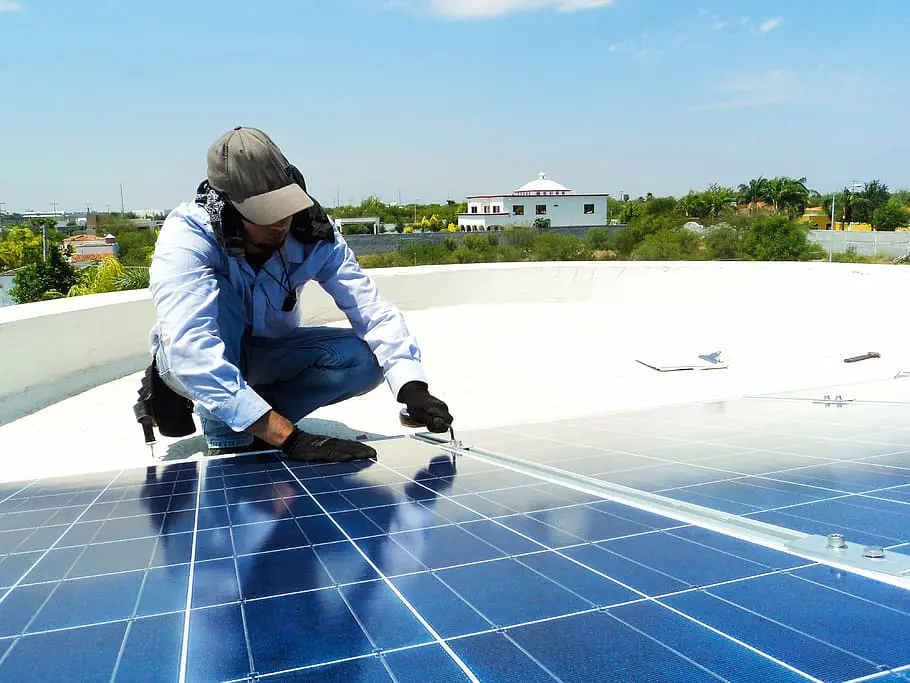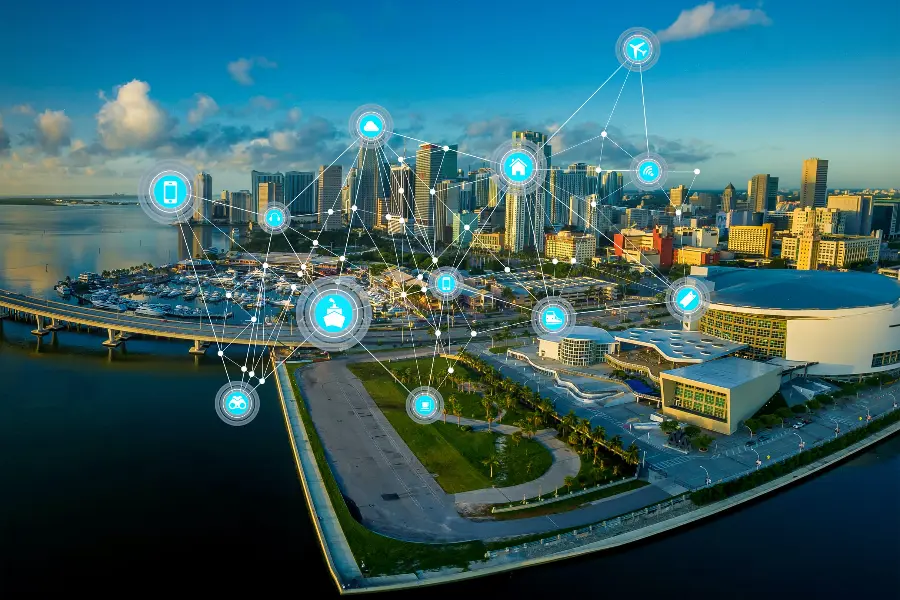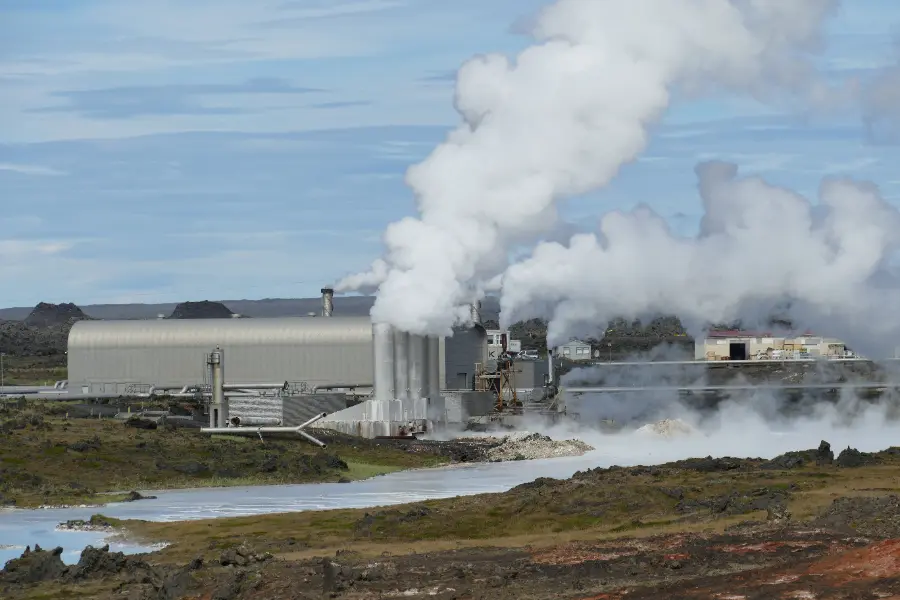
Ever wondered, ‘Is Geothermal Energy the Forgotten Renewable?’ Dive in to uncover the hidden potential of this earth-powered gem in our energy mix!
Geothermal Energy is the forgotten renewable because it’s often overshadowed by more visible energy sources like solar and wind. Despite its consistent energy output and environmental benefits, geothermal remains underutilized, lacking the widespread awareness and infrastructure investments that other renewable sources have received.
Is Geothermal Energy the Forgotten Renewable?
Have you ever taken a moment to ponder, ‘Is Geothermal Energy the Forgotten Renewable?’ Amidst the buzz of solar panels and wind turbines, let’s shine a spotlight on this underground powerhouse and rediscover the warmth it brings to our green energy conversation!
Geothermal energy, a natural powerhouse beneath our feet, has been overshadowed by other renewable energy sources. But is it truly the forgotten gem in the renewable energy crown? Let’s dive deep and find out.
Geothermal energy, harnessed from the earth’s core, has been around for centuries. From hot springs to modern geothermal systems, this energy source has evolved but remains underutilized. Why is that?
History and Evolution of Geothermal Energy
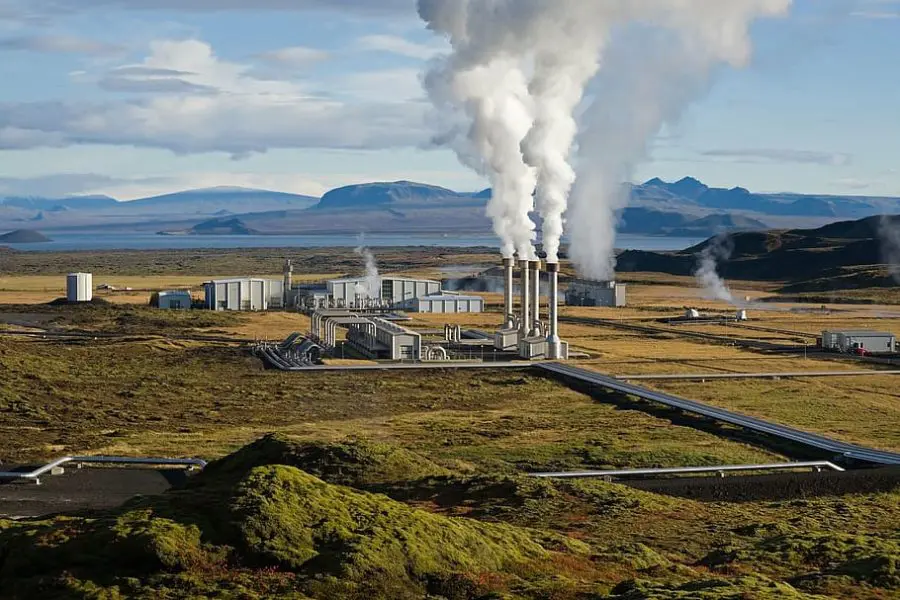
The journey of geothermal energy is as old as the earth itself. From ancient civilizations using hot springs to today’s advanced geothermal power plants, the evolution is fascinating.
Early uses and discoveries:
Ancient civilizations, especially in regions with volcanic activity, used hot springs for bathing and heating. The Romans, Japanese, and Native Americans recognized the therapeutic value of these springs.
Modern advancements and technologies:
With advancements in geothermal technology, we’ve moved from merely enjoying hot springs to harnessing the earth’s heat for electricity generation. The development of geothermal systems, especially in the western United States, has been pivotal in this transition.
How Geothermal Energy Works
At its core, geothermal energy is about tapping into the earth’s natural heat. But how do we convert this heat into usable energy?
Geothermal energy is thermal energy in the Earth’s crust. It combines energy from the formation of the planet and from radioactive decay. Geothermal energy has been exploited as a source of heat and/or electric power for millennia.https://en.wikipedia.org/wiki/Geothermal_energy
Basics of geothermal energy extraction:
The earth’s surface hides hot water and steam, which can be brought to the surface and used to drive power turbines. This process, although sounding simple, requires intricate geothermal systems and plants.
Different types of geothermal systems:
1. Ground source heat pumps: These systems use the constant temperature of the earth to heat and cool buildings. They are especially popular in regions with extreme seasonal temperature variations.
2. Direct heating: This involves using the hot water from the earth directly for heating purposes.
3. Geothermal electricity generation: Here, the steam from the earth’s core is used to generate electricity. This process is common in regions with high geothermal activity.
Benefits of Geothermal Energy
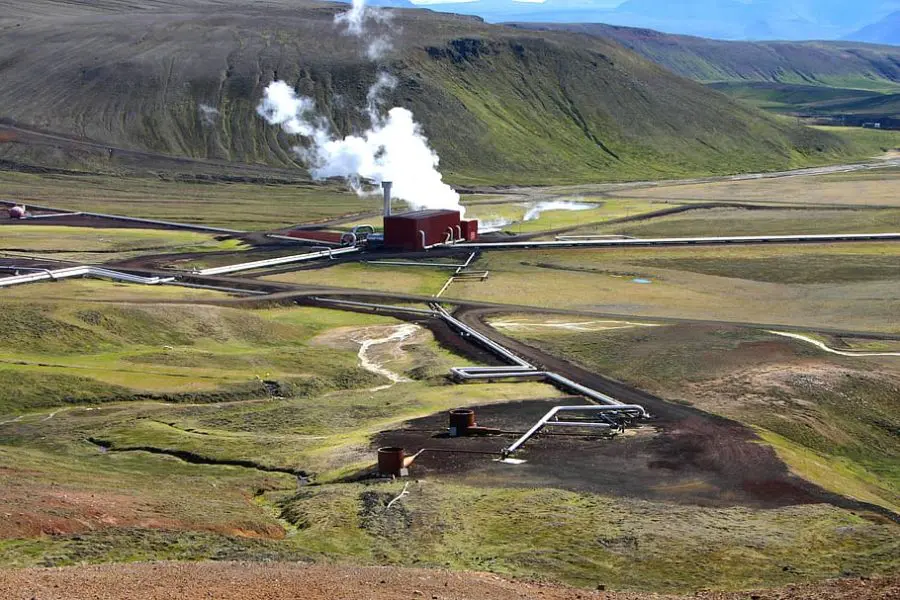
In today’s world, where the shift towards sustainable energy solutions is more crucial than ever, renewable energy sources are garnering significant attention. Among these, geothermal energy often remains in the shadows of its more popular counterparts like solar and wind. However, geothermal energy boasts a unique set of advantages that truly set it apart:
Consistency and Reliability:
Unlike solar and wind energy, which are dependent on weather conditions, geothermal energy offers a consistent and reliable power source. The Earth’s core is always hot, ensuring a steady supply of energy regardless of external factors.
Environmentally Friendly:
Geothermal energy produces minimal greenhouse gas emissions compared to fossil fuels. This makes it a cleaner and more sustainable option, contributing significantly to efforts against climate change.
Cost-Effective in the Long Run:
While the initial investment for geothermal infrastructure might be high, the operational costs are relatively low. Over time, geothermal plants can prove to be more economical than other energy sources.
Reduced Land Footprint:
Geothermal plants require less land compared to solar farms or wind parks. This means less disruption to natural habitats and more efficient land use.
Versatility:
Beyond electricity generation, geothermal energy can be used for direct heating purposes. This includes heating homes, greenhouses, and even certain industrial processes.
Energy Independence:
Countries or regions with geothermal potential can harness this resource to reduce their dependence on imported fossil fuels, fostering energy security and independence.
In essence, while renewable energy sources are making waves in the global energy landscape, geothermal energy, with its myriad benefits, is poised to play a pivotal role in our sustainable future.
Environmental benefits:
Unlike fossil fuels, geothermal plants emit minimal greenhouse gases. They help in combating climate change and ensuring a cleaner environment.
Economic advantages:
Once set up, geothermal projects can produce electricity at a lower cost than many other sources, making it an economically viable option.
Reliability and resiliency:
Unlike solar energy or wind power, geothermal energy doesn’t rely on weather conditions. It provides a consistent power supply, making it a reliable energy source.
Challenges and Limitations
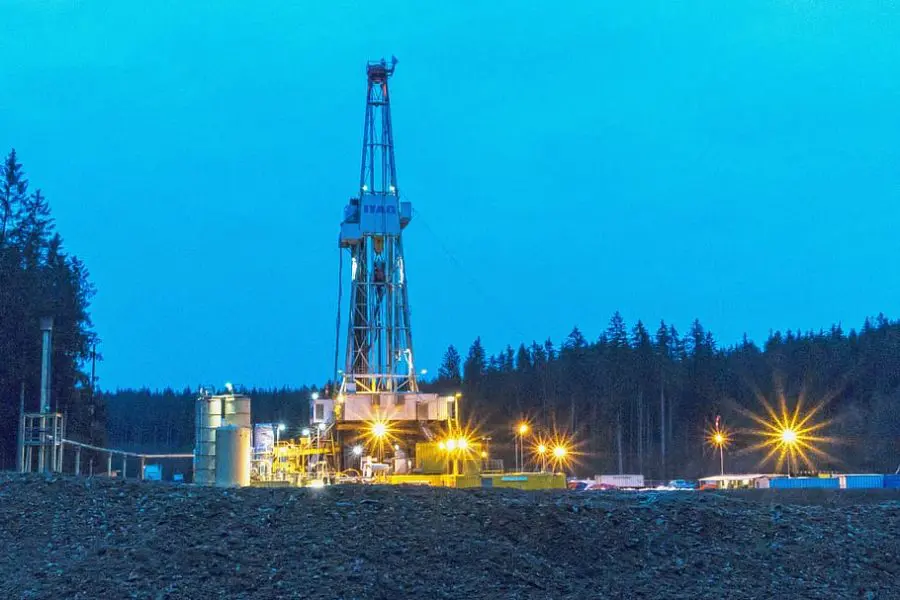
While the promise of geothermal energy is undeniable, it’s essential to recognize that, like all renewable resources, it comes with its own set of challenges. These hurdles, ranging from technical complexities to economic considerations, have influenced the pace at which geothermal energy has been adopted globally. Let’s delve deeper into these challenges:
High Initial Costs:
Setting up a geothermal plant requires significant capital investment, especially for drilling and infrastructure. These upfront costs can be a deterrent for many potential investors or countries with limited funds.
Location Specific:
Although geothermal energy is available everywhere, regions with high geothermal activity, such as volcanic areas, offer the most potential. This means that not all locations can harness geothermal energy to its fullest extent.
Technical Challenges:
Drilling deep into the Earth’s crust presents numerous challenges. High temperatures, pressures, and the possibility of encountering corrosive fluids can make the drilling process complex and risky.
Environmental Concerns:
While geothermal energy is environmentally friendly compared to fossil fuels, it’s not entirely without impact. There’s a potential for groundwater contamination and land subsidence if not managed correctly.
Limited Awareness:
Geothermal energy often doesn’t receive the same level of public and media attention as other renewable sources like solar or wind. This lack of awareness can influence policy decisions and funding opportunities.
Regulatory and Policy Barriers:
In many regions, the regulatory framework for geothermal energy development is either lacking or not as favorable as it is for other renewable sources. This can slow down project approvals and implementation.
Resource Depletion:
While geothermal energy is renewable, a geothermal reservoir can get depleted if the rate of energy extraction exceeds the rate of its natural replenishment. Proper management is essential to ensure sustainability.
In summary, while geothermal energy holds immense promise as a clean and reliable energy source, addressing these challenges is crucial for its widespread adoption and long-term success.
The Resurgence of Geothermal Energy

With the growing emphasis on clean energy and the recent advancements in geothermal technologies, there’s a renewed interest in geothermal energy.
Innovations and technological advancements:
New technology, like enhanced geothermal systems, is making it easier to harness geothermal energy.
Role of companies:
Companies like Fervo Energy, led by Tim Latimer, are pioneering the resurgence of geothermal energy, bridging the gap between the gas industry and renewable energy.
Policy changes and support:
With the recently passed US infrastructure bill and initiatives by the Department of Energy, geothermal energy is getting the attention it deserves.
The Potential of Geothermal Resources
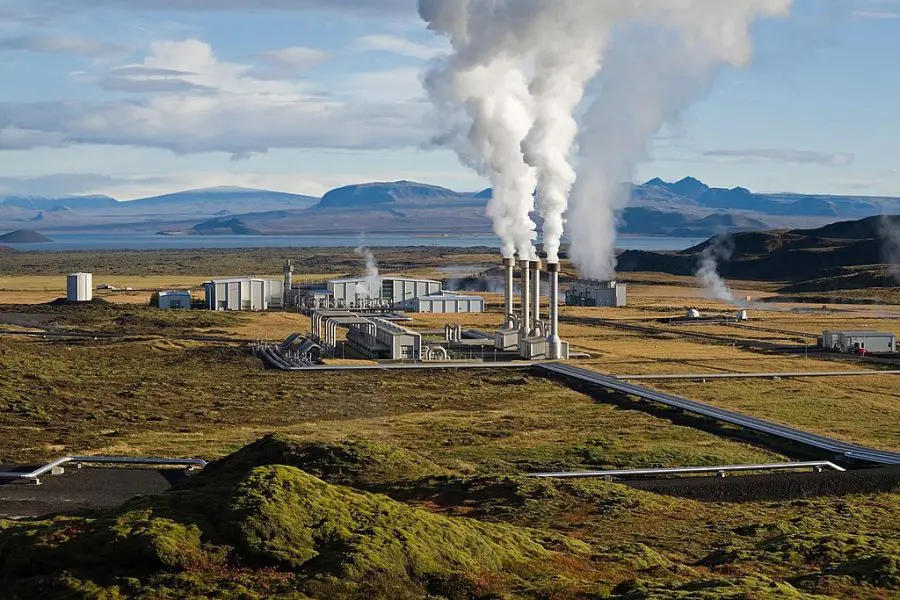
The earth is brimming with geothermal resources. From the high-heat regions of northern California to the depths of the earth’s core, the potential is vast and largely untapped.
Megawatts of Electricity:
Geothermal energy production is not just about harnessing heat. It’s about converting that heat into megawatts of electricity, rivaling even nuclear power plants in potential output.
The Role of Geothermal Engineers:
Professionals like Jason Czapla, a renowned geothermal engineer, are at the forefront of maximizing the potential of these resources. They explore different ways to tap into the earth’s heat, from closed loop systems to innovative geothermal development techniques.
The Promise of New Reservoirs:
With the right technology and investment, new reservoirs of geothermal heat can be discovered and utilized. This could significantly contribute to the total global energy demand.
Challenges and Innovations
Every major player in the energy sector faces challenges. For geothermal energy, it’s about harnessing the heat of the earth in the most efficient way.
Technical Challenges:
From ensuring cool water circulation in closed-loop systems to managing the high heat of geothermal reservoirs, the challenges are manifold.
Innovations in Energy Storage:
With advancements in energy storage, like lithium-ion batteries, geothermal energy can be stored and used as needed, ensuring a consistent power supply.
The Role of Research Institutions:
Organizations like the National Renewable Energy Laboratory and geothermal researchers worldwide are working tirelessly to overcome these challenges and unlock the full potential of geothermal resources.
The Future of Geothermal Energy
As we look ahead, the journey of geothermal energy seems promising. From pilot plants in California’s Salton Sea to demonstration plants showcasing the latest technology, the future is bright.
The Digital Age and Geothermal Energy:
With platforms like Reddit diving deep into discussions about geothermal energy and apps logging the latest developments, the digital age is playing a pivotal role in spreading awareness.
The Role of Major Energy Companies:
Energy companies, led by visionaries like CEO Rod Colwell, are investing in geothermal projects. Their goal? To harness the most robust geothermal resource and contribute to a sustainable future.
Challenges Ahead:
While the potential is vast, challenges like limited funds, complex supply chains, and permitting stages can’t be ignored. However, with the right support and innovation, geothermal energy is set to go a long way.
FAQs

Geothermal energy, often dubbed as the Earth’s hidden powerhouse, sparks curiosity in many. With its vast potential and unique characteristics, it’s no wonder that questions abound. As we delve deeper into the realm of renewable energy, let’s tackle some of the most frequently asked questions about geothermal energy.
Q: What is geothermal energy and how does it work?
A: Geothermal energy is derived from the Earth’s internal heat. This heat, originating from the Earth’s core, manifests as steam and hot water. Advanced geothermal systems tap into these resources, converting them into electricity or using them for direct heating purposes.
Q: What are the benefits of using geothermal energy?
A: Geothermal energy stands out for several reasons. Firstly, it’s environmentally friendly, producing minimal emissions compared to fossil fuels. Secondly, while the initial setup might be costly, it proves to be cost-effective in the long run due to low operational costs. Lastly, unlike solar or wind energy, geothermal energy is consistent, providing a reliable power source regardless of weather conditions.
Q: Why is geothermal energy a renewable resource?
A: Geothermal energy is considered renewable because it’s sourced from the Earth’s inherent and natural processes. The heat from the Earth’s core is virtually inexhaustible on human timescales, ensuring a consistent and long-lasting energy source.
Q: Where is geothermal energy available?
A: Geothermal energy potential exists everywhere, as the Earth’s core is universally hot. However, regions with significant volcanic or tectonic activity, such as the American West, Iceland, or parts of the Pacific Ring of Fire, offer higher geothermal capacity due to the closer proximity of this heat to the Earth’s surface.
Conclusion
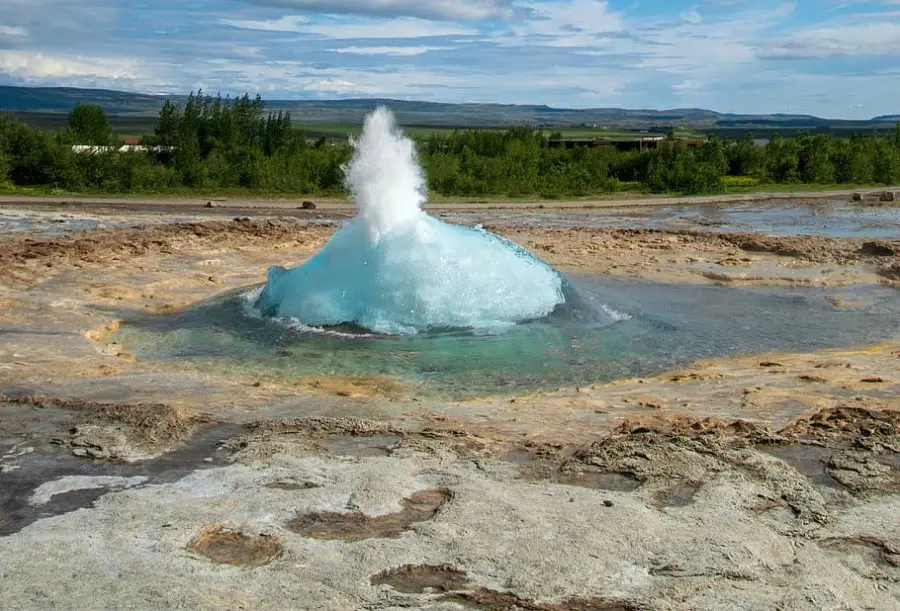
As we stand at the crossroads of an energy revolution, it’s essential to recognize and harness the potential of geothermal energy.
Geothermal energy, with its promise of clean, reliable, and sustainable power, is poised to play a pivotal role in our energy future. As technology advances and awareness grows, it’s only a matter of time before geothermal energy claims its rightful place alongside other major players in the renewable energy sector.

